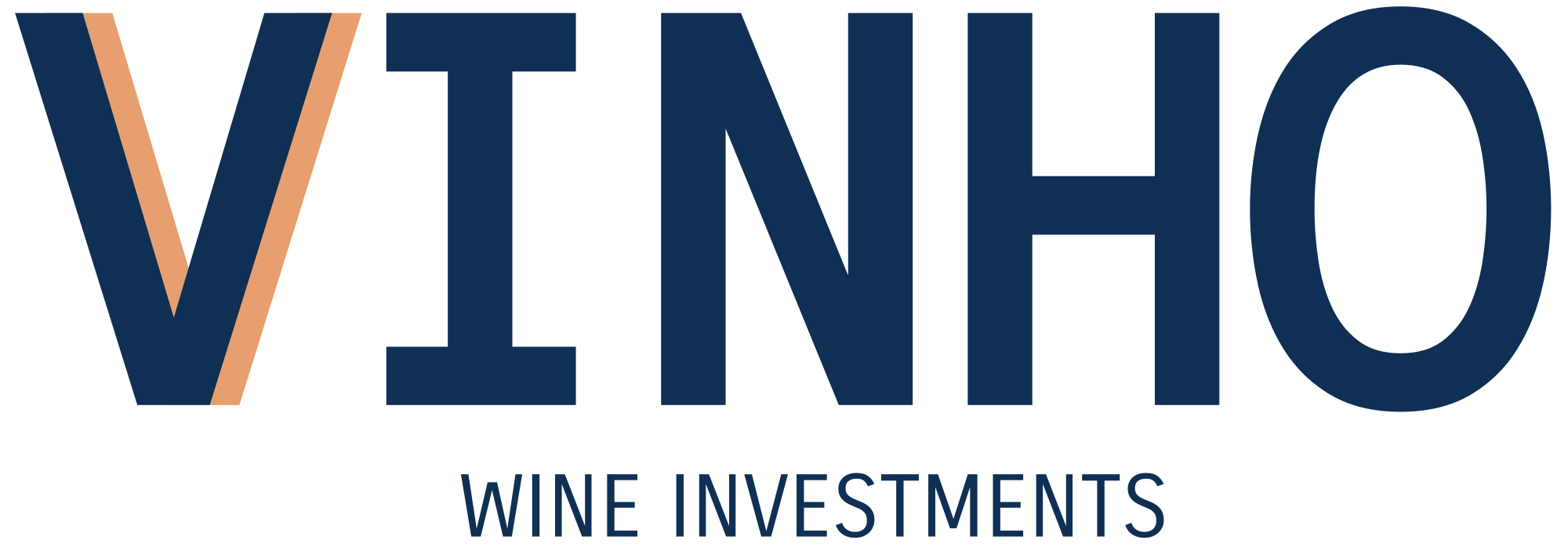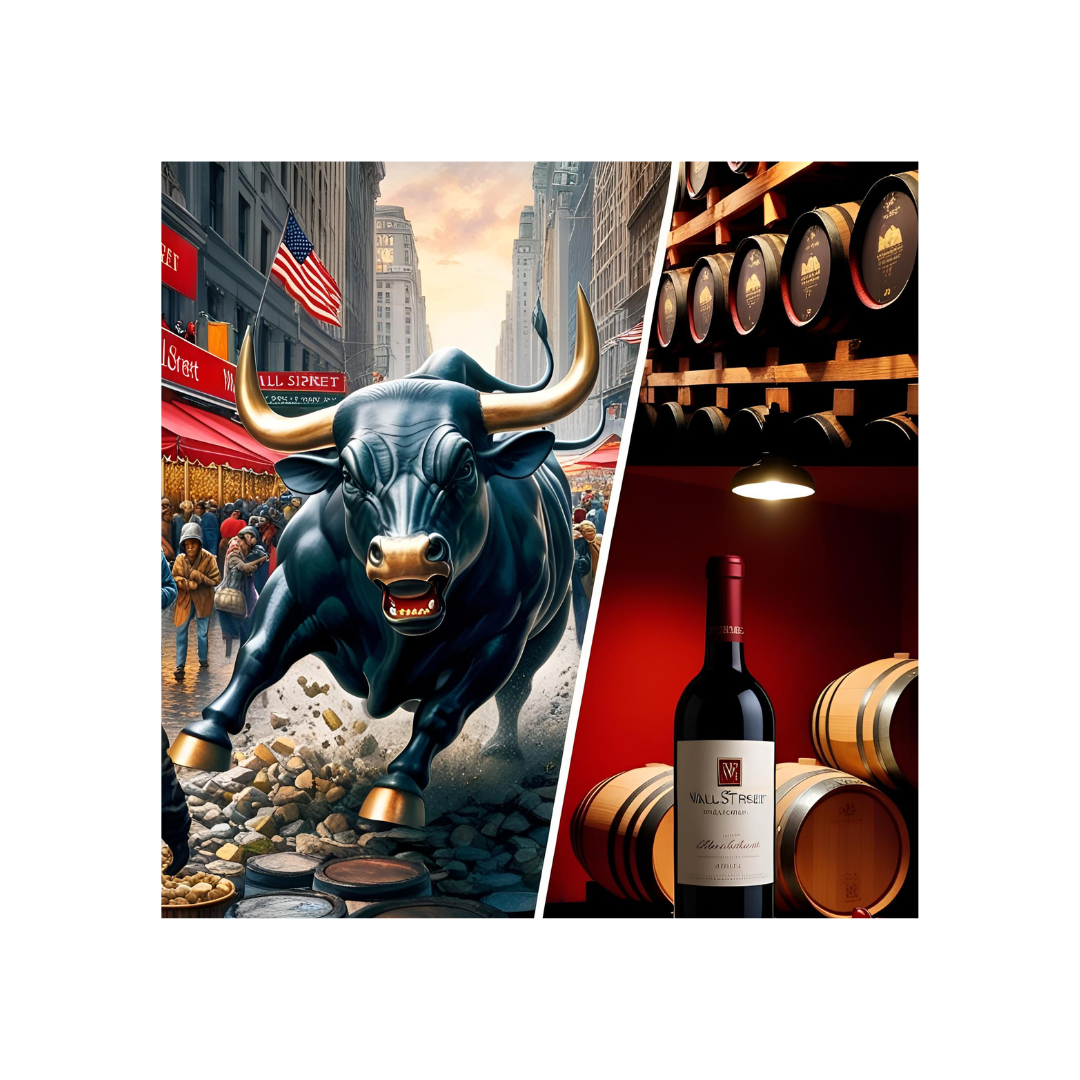When Markets Wobble, Wine Holds: Why Fine Wine Outperforms in Times of Turmoil
At Vinho, we’ve long advocated for fine wine as a resilient, rewarding alternative asset. Today, as global equity markets falter and investor anxiety rises, that argument has never felt more timely—or more compelling.
With the stock market experiencing significant volatility in 2025, many investors are revisiting their portfolio strategies. History—and data—tell us that fine wine tends to shine when traditional markets stumble. Let’s explore why.
The Current Market Snapshot: 2025 Stock Decline
Over the past several months, global equity markets have entered a sharp correction. Contributing factors include:
-
Rising interest rates continuing to pressure corporate earnings and valuations.
-
Renewed geopolitical tensions and trade disputes (including U.S. tariffs).
-
Persistent inflation, reducing consumer confidence and spending.
-
High-profile tech stock pullbacks, shaking investor sentiment.
Major indices are down 15–25% year-to-date, and institutional capital is already pivoting toward real assets and uncorrelated alternatives.
Fine Wine: A Time-Tested Safe Haven
Over the past 30 years, fine wine has demonstrated a remarkable ability to preserve capital and generate returns, particularly during moments of economic stress.
Historical Performance Highlights:
-
2000 Dot-Com Crash: While the NASDAQ plunged, top Bordeaux vintages gained in value.
-
2008 Global Financial Crisis: Fine wine outperformed the S&P 500 by over 20% during the downturn.
-
2020 Pandemic Volatility: The Liv-ex 1000 Index remained steady and rebounded quickly, thanks to rising global demand and scarcity dynamics.
In many cases, fine wine not only holds its value—it appreciates during market instability, driven by its low correlation to equities, tangible nature, and growing global interest.
Why Fine Wine Performs When Markets Don’t
1. Scarcity + Demand
Fine wine is a naturally limited asset. Once a vintage is released, supply only decreases as bottles are consumed. In times of uncertainty, this scarcity becomes even more attractive.
2. Global Appeal
Fine wine isn’t bound by one economy or currency. Demand from collectors in Asia, the Middle East, Europe, and the U.S. provides geographic diversification.
3. Inflation Hedge
Wine, like gold and real estate, has historically acted as a store of value—particularly during inflationary periods. Prices tend to rise as production costs increase and interest shifts toward tangible assets.
4. Emotional & Cultural Value
Unlike paper assets, fine wine is personal, cultural, and timeless. This emotional connection supports its value even in turbulent times.
What We’re Seeing in 2025
As the markets slide, early indicators suggest growing interest in fine wine:
-
Increased trade volume on Liv-ex and secondary marketplaces.
-
Higher valuations on key vintages, particularly from Burgundy, Champagne, and California.
-
Institutional allocations into wine funds and wine-backed asset portfolios.
This trend mirrors past market corrections—when capital flows out of volatility and into stability.
Why Now Might Be the Perfect Time to Invest
If history is any guide, fine wine is poised for another strong run. With equities underperforming and macro uncertainty high, allocating capital into fine wine can offer:
-
Portfolio stability
-
Long-term growth
-
Protection against inflation and market shocks
At Vinho, we help you navigate these market moments with confidence—curating a wine portfolio that’s resilient, strategic, and tailored to your financial goals.
Final Thoughts
While the stock market may be tumbling, the fine wine market remains steady—and potentially ready to rise. For investors seeking a hedge against volatility, a refuge from inflation, and an elegant path to portfolio growth, fine wine stands tall.
We’re here to help you make sense of the uncertainty—and turn it into opportunity. Let Vinho be your trusted partner as you invest in the assets that age gracefully, appreciate consistently, and hold their value when others don’t.



